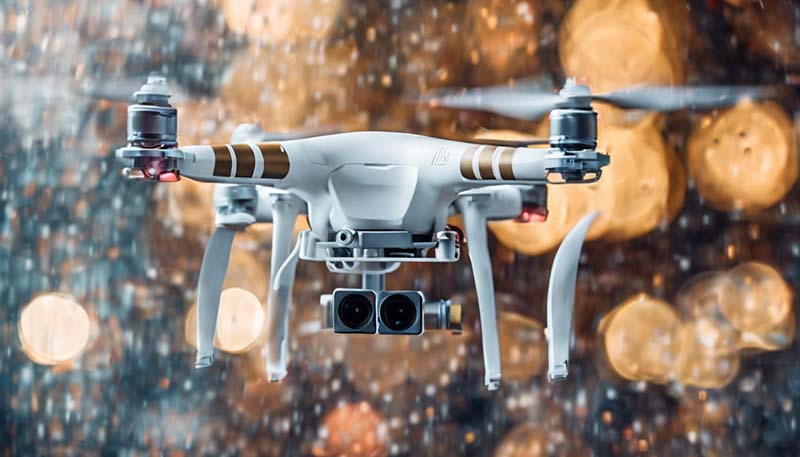Drones, also known as unmanned aerial vehicles (UAVs), have revolutionized various industries in recent years. From agriculture to entertainment, drones have proven to be a valuable tool for many businesses and individuals. However, as the use of drones continues to grow, so do the concerns about their safety and potential negative impact on privacy. In this article, we will explore the future of drone regulations and how they can strike a balance between fostering innovation and ensuring public safety.
Background and Current Regulations
The rapid development of drone technology has led to a wide range of applications, from aerial photography to package delivery. Governments around the world have recognized the need to regulate drone usage to address safety and privacy concerns. In the United States, the Federal Aviation Administration (FAA) is responsible for regulating the use of drones. The FAA has established several rules and guidelines, such as the Part 107 regulations, which require drone operators to obtain a remote pilot certificate, fly below 400 feet, and maintain visual line-of-sight with their drone.
Advertisement
Challenges in Regulating Drones
As drone technology continues to evolve, regulators face several challenges in creating effective and fair regulations. One of the main challenges is the need to balance the benefits of drone technology with potential risks. While drones offer numerous advantages, such as cost-effectiveness and flexibility, they also pose safety hazards, such as collisions with other aircraft or accidents on the ground. Additionally, drones can be used to invade people's privacy, making it crucial for regulations to address these concerns.
Another challenge is the need to keep up with the rapid pace of technological advancements. Drone technology is constantly evolving, with new features and capabilities being developed regularly. This makes it difficult for regulators to create rules that can effectively address the challenges posed by these advancements. Moreover, the global nature of drone technology means that regulations must be coordinated across borders to ensure consistency and avoid creating regulatory gaps.
Proposed Solutions and Future Trends
One potential solution to the challenges in regulating drones is the development of a comprehensive regulatory framework that addresses the various concerns associated with drone usage. This framework should be flexible enough to accommodate the rapid pace of technological advancements while ensuring that safety and privacy concerns are adequately addressed.
Another possible solution is the use of technology to help regulate drone usage. For example, geofencing can be used to restrict drone flights in certain areas, such as near airports or sensitive locations. Similarly, tracking and identification systems can be implemented to monitor drone flights and ensure that operators are complying with regulations.
The future of drone regulations may also involve greater collaboration between governments, industry stakeholders, and the public. This can help ensure that regulations are well-informed and take into account the needs and concerns of all parties involved. Public-private partnerships and industry-led initiatives can play a crucial role in shaping the future of drone regulations.
Conclusion
The future of drone regulations is a complex issue that requires careful consideration of the various challenges and potential solutions. By striking a balance between fostering innovation and ensuring public safety, regulators can create a regulatory environment that supports the continued growth and development of the drone industry while minimizing its potential negative impacts.
